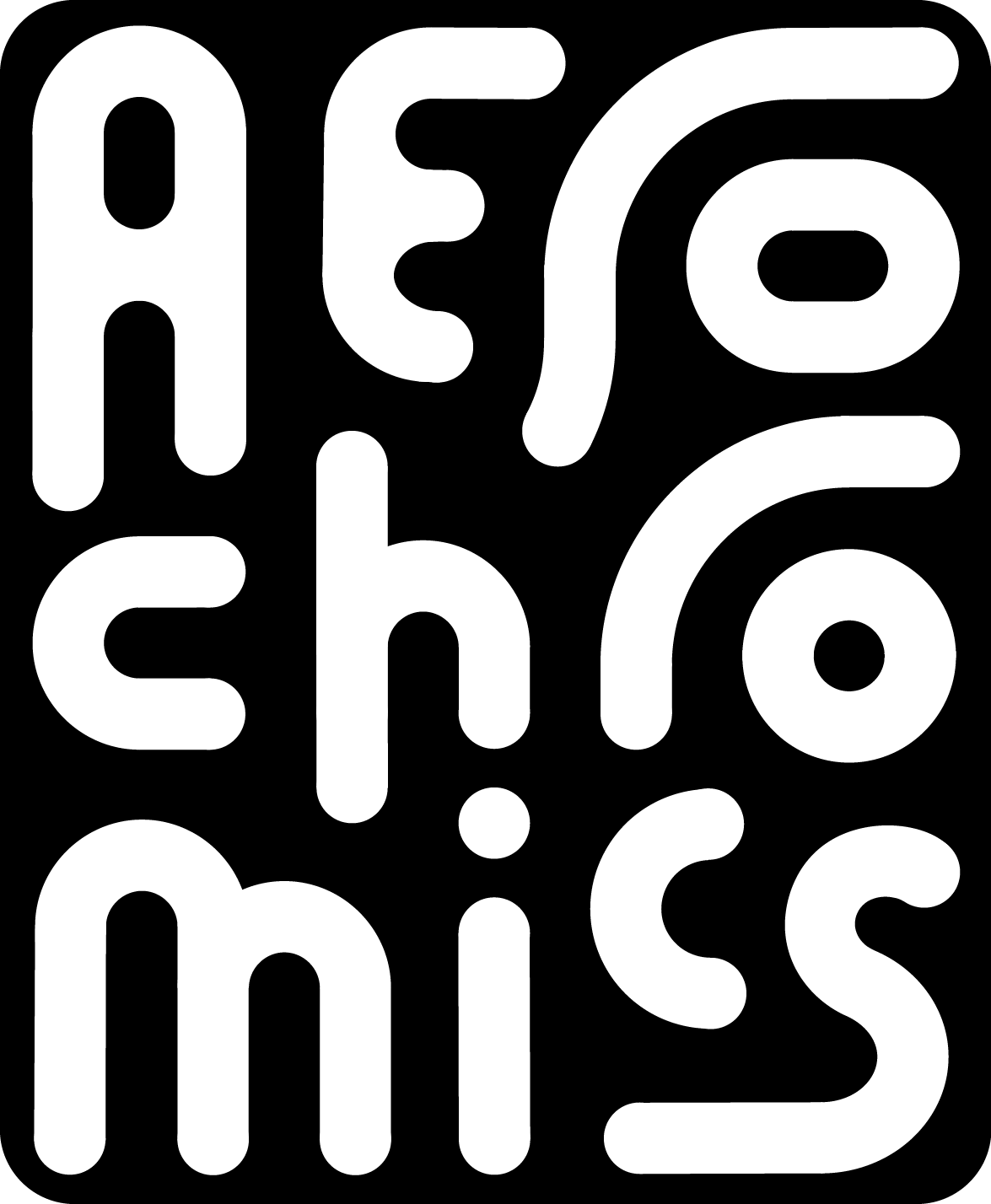Clothing that transforms the way you navigate urban spaces.



What?
A line of reactive clothing that transforms its pattern as increased levels of harmful particles in the air are detected, giving you added awareness of your surroundings.
Using our Aerochromic dye, our fabric begins to change from black to white at 60 AQI (Air Quality Index). The shirt's pattern is completely revealed at 160 AQI.
The shirts are made from 100% soft cotton. They are fitted for unisex wear.
Why?
Our air quality is deteriorating quickly and on a global scale. As more and more pollutants saturate the air we breathe, urban spaces must be closely monitored in order to guarantee that they are safe for people to live in. In fact, we estimate that 30% of the world currently breathes unsafe air – air at 60 AQI and above.
Current data collection stations are stationary, rendering them useless when you leave their vicinity. Because of this it is impossible to know what type of air you are breathing. Our Aerochromic clothing solves this problem.
Aerochromic shirts will ensure your safety in traversing our cities by warning you of harmful pollutants and radiation surrounding you. Our clothes will give you more agency over your body and wellbeing and the air you breathe in.
The future of Aerochromics
We see Aerochromics as the first step in creating an ecosystem of interconnected objects that will help us better understand, navigate, and protect our world.
Every object, material and person must communicate with one another in order to better equip ourselves to solve the grand challenges we face – like climate change. Our clothing will be just one part of a larger system of connected objects. Each user will become a sensor monitoring pollution in real-time, and with much greater resolution than the current system of static monitoring stations can offer.
The color-changing Aerochromic dye gives the user the awareness of their surroundings through a natural interface as opposed to a smartphone screen, while the connected clothing will let us know when, where and how pollutants are moving.
Since pollution is such a large and ever-changing problem, collecting precise data in real-time and combining it with the larger ecosystem of connected objects – unobtrusively – is the most effective way to solve this problem.
